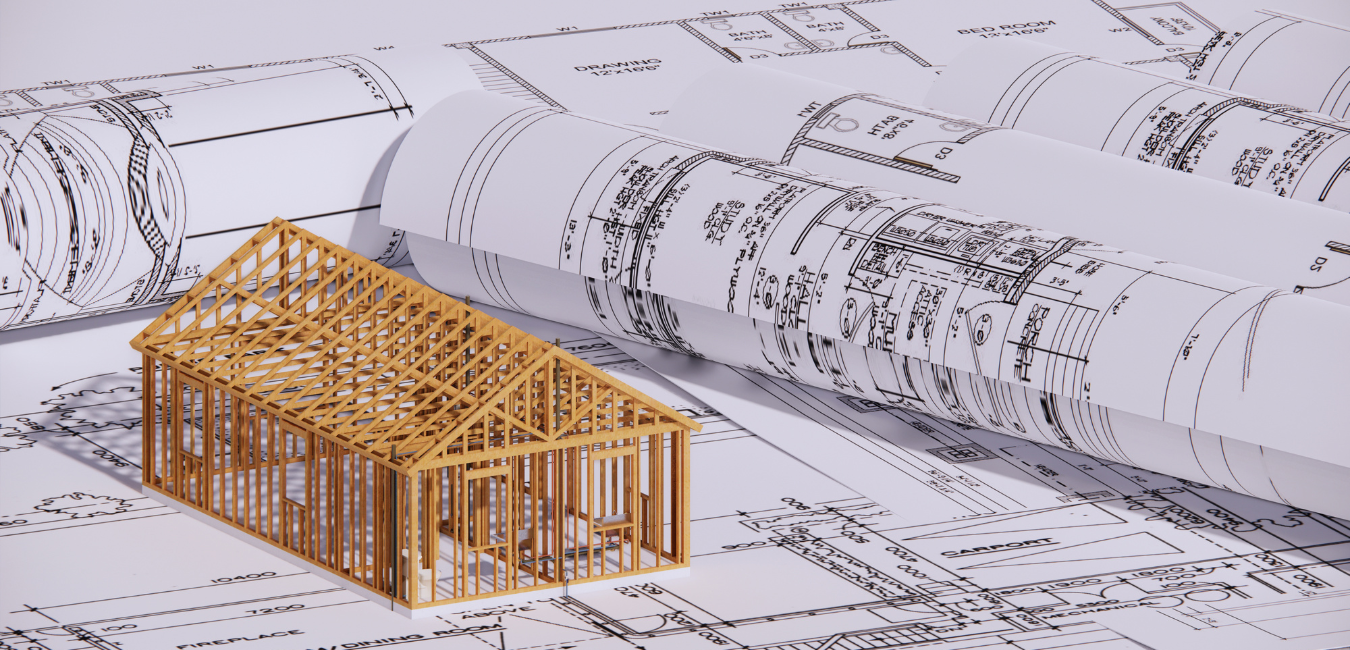A Thorough Introduction of Architectural Styles and Their Impact on Modern City Planning and Growth
Architectural designs have long served as a mirror to the societal values and technological innovations of their time, playing a vital duty in shaping modern city preparation and development. From the majesty of Neoclassicism to the utilitarian strategy of Brutalism, each design has actually presented special principles that influence metropolitan visual appeals and performance.
Historic Summary of Building Styles

As cultures transitioned via the Center Ages, Gothic design arised, identified by its verticality and detailed detailing, mirroring the spiritual goals of the age. The Renaissance noted a resurgence of classical perfects, combining art and architecture in ingenious manner ins which influenced subsequent designs across Europe.

Today, architectural designs continue to evolve, driven by globalization and sustainability worries, showing a vibrant interaction between heritage and technology. This historical review underscores the relevance of architecture as a mirror of societal development and as a stimulant for urban advancement.
Trick Architectural Styles Explained
The diversity of architectural styles mirrors the myriad impacts that shape our built atmosphere, each personifying distinctive qualities and social values. Key architectural styles include Classic, Gothic, Baroque, Innovation, and Postmodernism, each standing for unique historical contexts and aesthetic viewpoints.
Classic style, rooted in old Greece and Rome, stresses balance, proportion, and using columns (cda architects). On the other hand, Gothic design, thriving between Ages, is identified by sharp arches, ribbed vaults, and flying buttresses, creating an aerial top quality in sanctuaries. Baroque style, arising in the 17th century, is noted by majesty, intricate embellishment, and a vibrant interaction of light and darkness
Modernism, which acquired momentum in the early 20th century, focuses on feature over type, using new materials like steel and glass to create minimal frameworks. Postmodernism, reacting against the austerity of Modernism, welcomes eclecticism and historic recommendation, commonly integrating playful elements and paradox.

Effect on Urban Preparation
In shaping the growth of cities, architectural designs considerably affect metropolitan preparation decisions. The selection of architectural design often determines the visual appeals, capability, and general personality of urban atmospheres. For example, modernism, with its focus on minimalism and functionality, motivates open rooms and the integration of modern technology, forming city designs that focus on performance and ease of access. Conversely, standard designs might emphasize historical preservation, causing city designs that maintain social heritage and advertise pedestrian-friendly settings.
Furthermore, architectural styles can impact zoning policies and land use policies. Urban planners should think about the prevailing architectural trends when designing districts, ensuring that new developments integrate with existing frameworks. This factor to consider cultivates natural metropolitan landscapes and improves neighborhood identity.
The implementation of specific building designs can likewise influence socioeconomic factors within a city. As an example, high-end contemporary layouts might draw in affluent residents and businesses, bring about gentrification, while extra inexpensive housing remedies may prioritize practical and lasting styles to accommodate varied populations. Ultimately, the interaction in between building styles and city planning develops dynamic cities that mirror both historical context and modern needs, shaping the lived experiences of their citizens
Sustainability and Modern Design
Architectural designs play a critical function in dealing with modern challenges, specifically in the realm of sustainability. As metropolitan areas broaden and ecological issues intensify, contemporary style progressively welcomes sustainable style concepts that prioritize energy performance, resource conservation, and marginal eco-friendly influence.
Contemporary building activities, such as biophilic layout and environment-friendly style, advocate for frameworks that balance with their surroundings, using all-natural products and promoting biodiversity. These styles usually incorporate renewable resource resources, such as solar panels and wind turbines, useful source to minimize dependence on nonrenewable fuel sources and lower carbon footprints.
Additionally, the assimilation of advanced technologies, such as wise structure systems, boosts power monitoring, optimizing resource usage while guaranteeing passenger convenience. Cutting-edge water monitoring strategies, including rainwater harvesting and greywater recycling, further add to sustainable urban environments.
Significantly, sustainability prolongs beyond environmental issues; it includes social and financial dimensions as well. By cultivating area wellness and promoting inclusivity, contemporary architectural styles straighten with lasting advancement goals. The advancement of building practices continues to form durable cities that not only fulfill the requirements of the present yet additionally secure the future for generations to come.
Community Engagement in Layout
Neighborhood engagement in layout offers as a vital bridge between engineers and the populaces they serve, making certain that the developed environment mirrors the requirements and aspirations of its customers. This collective process welcomes community participants to contribute their understandings and preferences, fostering a feeling of ownership and duty toward the rooms they populate.
Effective area interaction employs numerous methods, such as workshops, studies, and public forums, to gather diverse perspectives. These approaches assist in a two-way discussion, permitting designers to comprehend local contexts while equipping citizens to basics articulate their concerns and wishes. This inclusivity not just enhances the style top quality but additionally promotes social equity by attending to the one-of-a-kind difficulties encountered by marginalized teams.
Furthermore, area engagement can result in cutting-edge solutions that may not arise in a typical design process. By incorporating neighborhood expertise and cultural values, designers can develop spaces that reverberate even more deeply with customers, enhancing usability and sustainability. Eventually, focusing on area involvement in design processes leads to settings that nurture social interactions, assistance health, and reinforce area ties, thereby playing a critical function in shaping contemporary metropolitan landscapes.
Verdict
Building styles have greatly affected contemporary city planning and growth, mirroring developing cultural and technical contexts. As cities continue to grow and adjust, the continuous dialogue in between building heritage and contemporary design concepts will certainly stay vital in producing inclusive, lively areas that enhance top quality of life and advertise social equity.